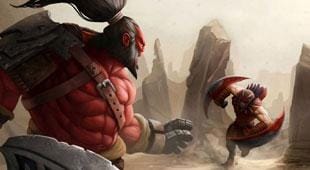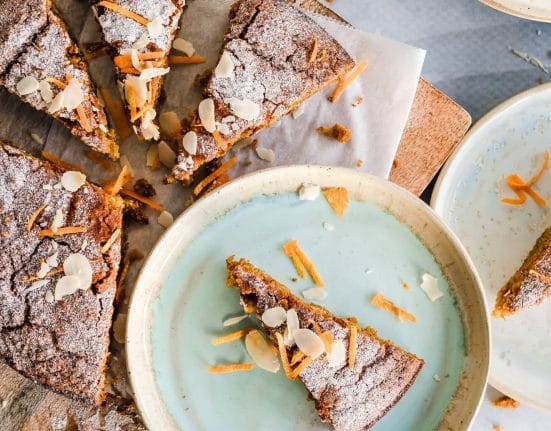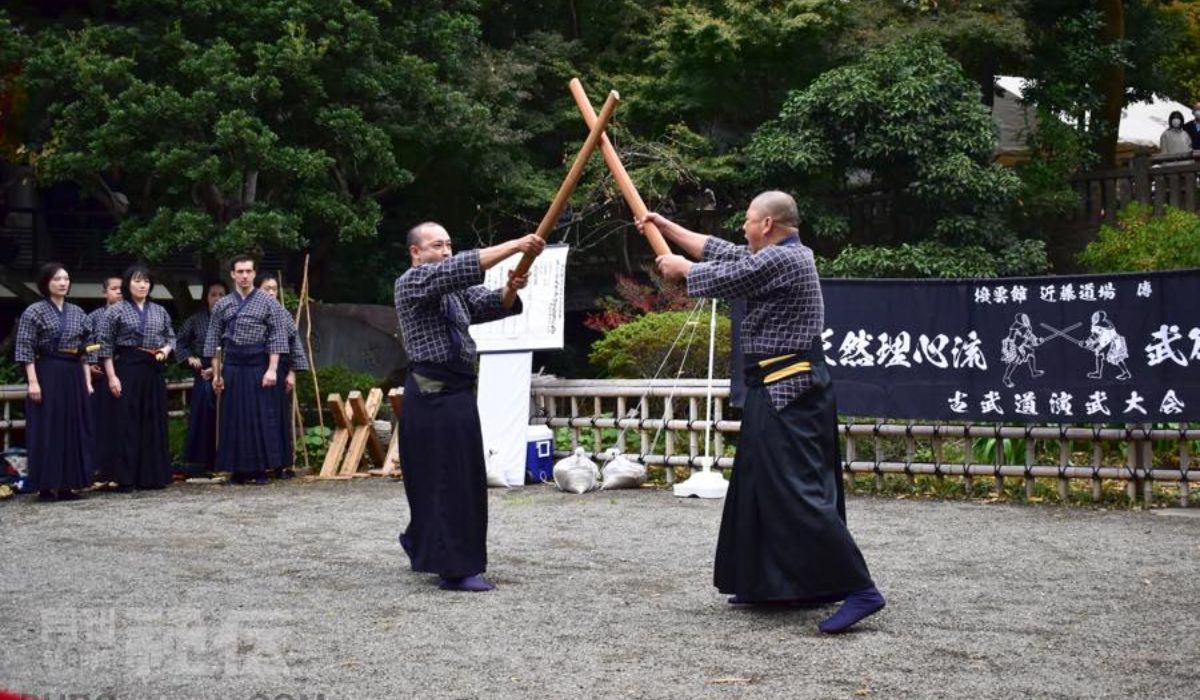When you think of samurai culture and the elegance of traditional Japanese craftsmanship, the image of a finely crafted sword often comes to mind. Among the most fascinating techniques of sword-making is midareuchi, an art form that has been passed down for centuries. But what exactly is midareuchi, and why is it so revered in the world of swordsmithing? In this article, we’ll dive into the history, process, and significance of midareuchi and explore why it continues to captivate the imaginations of sword enthusiasts and historians alike.
Introduction to Midareuchi
Sword-making in Japan is more than a craft—it’s an art form steeped in tradition, philosophy, and precision. At the center of this artistry is, a unique pattern seen in the hamon, or the temper line, of the blade. This style is a testament to the skill and creativity of the swordsmith. In this article, we’ll explore the beauty and significance of midareuchi in the context of Japanese history and craftsmanship.
What is Midareuchi?
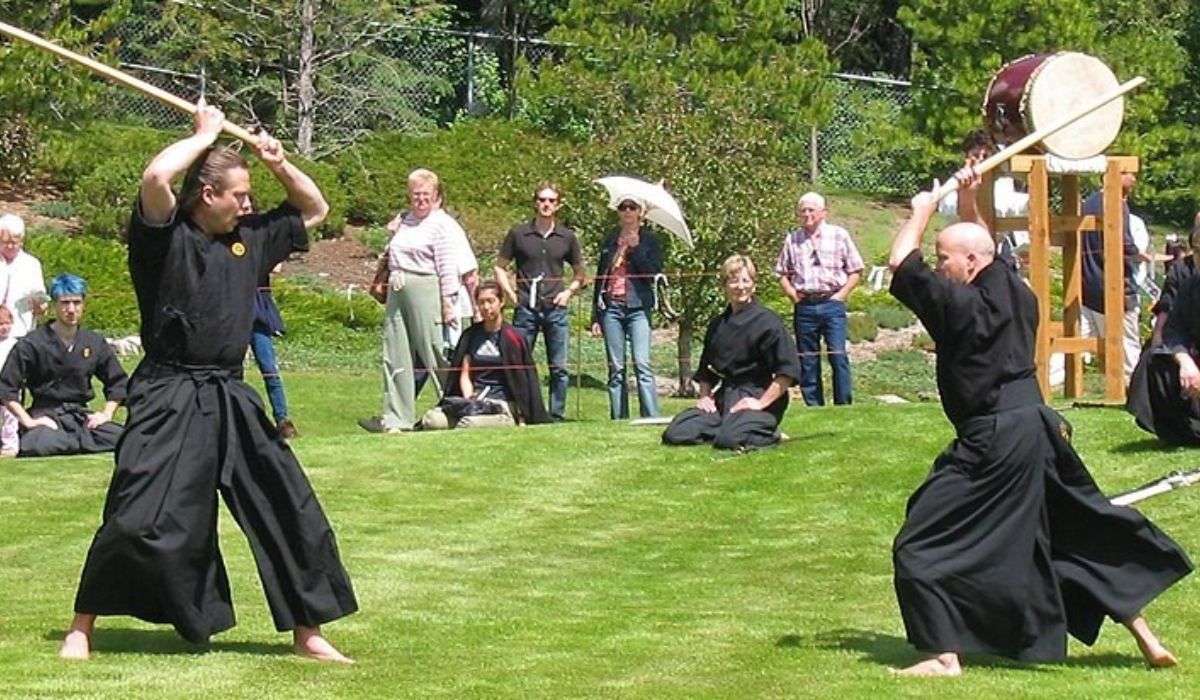
Midareuchi refers to the irregular or chaotic pattern of the hamon, the visible line on the blade that forms when it is differentially hardened. This line is not merely decorative; it signifies the sword’s strength and sharpness. The midareuchi hamon can resemble waves, flames, or even mountain ranges, and each pattern is unique to the blade and the swordsmith who creates it.
Much like how a fingerprint is unique to an individual, the style is often used to identify the swordsmith who forged the weapon. It showcases not only the function of the sword but also the artistic sensibilities of the smith.
The History of Midareuchi Swordsmithing
The origins of midareuchi can be traced back to the early periods of Japanese sword-making, particularly during the Heian and Kamakura periods (794-1333 AD). As samurai culture flourished, so did the demand for finely crafted swords that could reflect both the warrior’s skill in battle and their status in society.
Over time, swordsmiths began experimenting with different techniques to enhance both the functionality and aesthetic appeal of their creations. Midareuchi emerged as one of these styles, a deliberate effort to create a temper line that was more than just a marker of the sword’s quality—it became an art form in its own right.
The Process: How Midareuchi Swords Are Made
Crafting a midareuchi blade is no simple task. The process involves several painstaking steps, each requiring immense skill and attention to detail:
- Forging the Steel: The swordsmith starts by forging layers of high-carbon steel to create the blade. The steel is folded multiple times to remove impurities and ensure a strong, sharp edge.
- Differential Hardening: The blade is coated in a special clay mixture, with thicker layers applied to the spine and thinner layers to the edge. This step is crucial in creating the hamon, as it controls how the blade cools after being heated.
- Quenching: The sword is heated to a specific temperature and then rapidly cooled in water or oil. This process hardens the edge while leaving the spine flexible, giving the blade both strength and resilience.
- Revealing the Hamon: After the blade is polished, the hamon is revealed. In the case of, the swordsmith carefully crafts an irregular, flowing pattern that adds beauty and character to the blade.
Each step in the process must be executed with precision, as even the smallest mistake can ruin the blade.
Characteristics of Midareuchi Blades
A midareuchi blade is immediately recognizable due to its unique hamon pattern. But beyond aesthetics, there are several characteristics that make these swords stand out:
- Strength: The differential hardening process ensures that the blade is incredibly sharp and durable, able to withstand the rigors of combat.
- Flexibility: The softer spine allows the sword to absorb impact without breaking, a critical feature in battle.
- Artistry: No two hamon patterns are exactly alike, making each blade a one-of-a-kind masterpiece.
Sword collectors and historians often seek out midareuchi blades not only for their functionality but also for their aesthetic beauty.
Midareuchi and the Role of the Samurai
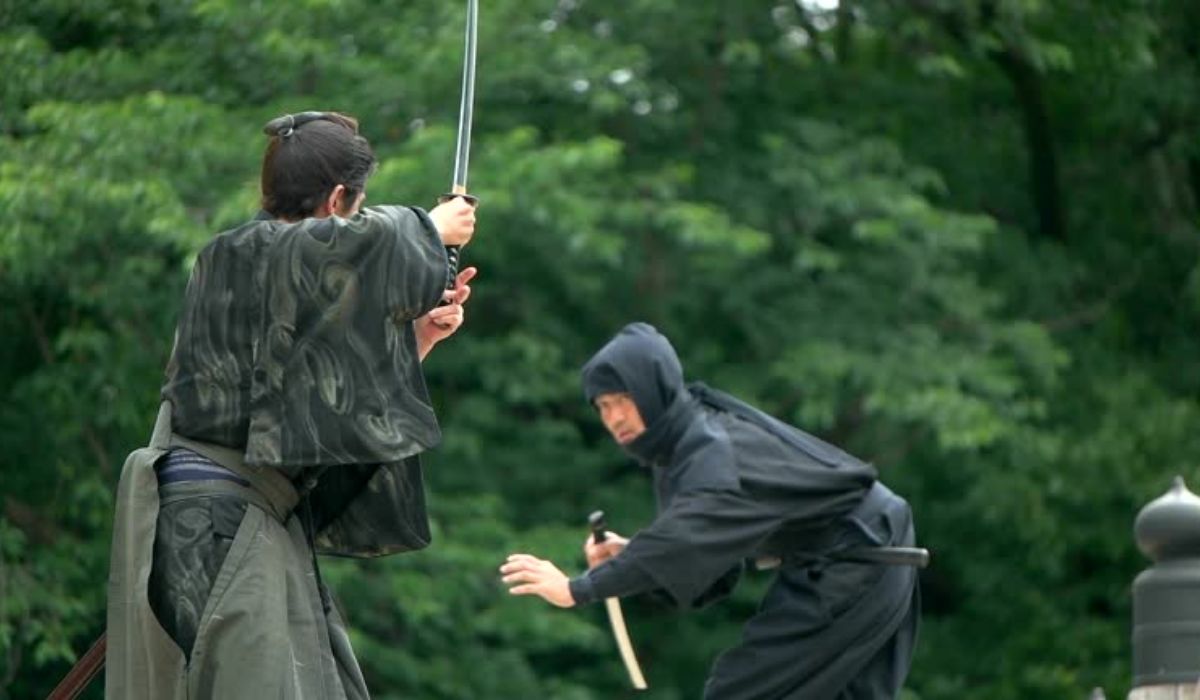
For the samurai, a sword was more than just a weapon—it was a symbol of honor, duty, and their warrior spirit. The style was particularly favored among samurai because of its strength and beauty, aligning with the samurai code of bushido, which emphasized loyalty, courage, and mastery in battle.
A well-crafted midareuchi sword could turn the tide of a battle and serve as a lifelong companion for the samurai who wielded it. It represented not only the skill of the swordsmith but also the status and power of its owner.
Midareuchi in Modern Swordsmanship
While the days of samurai warriors have long passed, the art of continues to hold a special place in modern sword-making and martial arts. Today, midareuchi swords are often used in iaido and kendo, traditional Japanese martial arts that focus on swordsmanship and discipline.
Collectors and martial artists alike appreciate the craftsmanship and beauty of these blades, often seeking them out for their training or as display pieces.
Famous Midareuchi Swordsmiths
Several renowned swordsmiths have become synonymous with the midareuchi style, leaving behind legacies that continue to inspire new generations of craftsmen. Names like Gassan Sadakazu and Yoshindo Yoshihara are revered for their mastery of the technique.
These smiths have not only preserved the tradition of but have also pushed its boundaries, creating swords that are both functional and breathtakingly beautiful.
Why Midareuchi Swords Are So Valued
What makes a midareuchi sword so valuable? Here are a few reasons:
- Artistic Craftsmanship: The irregular hamon pattern is a testament to the swordsmith’s skill and creativity, making each blade a unique work of art.
- Historical Significance: Many blades were forged during important periods of Japanese history, adding to their cultural value.
- Rarity: Authentic midareuchi swords are rare, and those that remain in good condition are highly sought after by collectors.
Whether for their beauty, history, or craftsmanship, swords hold a special place in the hearts of collectors and martial artists.
Where to Find Authentic Midareuchi Swords
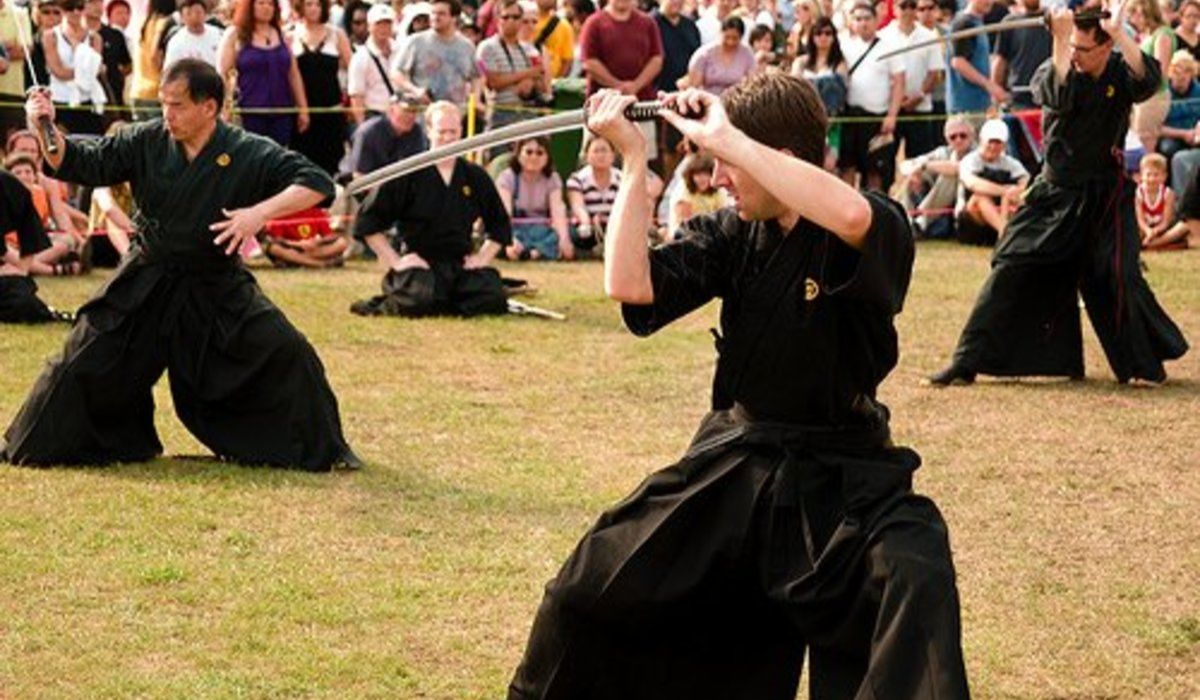
If you’re looking to acquire a midareuchi sword, it’s important to ensure its authenticity. Many collectors turn to reputable dealers or auctions specializing in antique swords. Additionally, some modern swordsmiths continue to craft midareuchi blades, often taking custom orders for enthusiasts and martial artists.
When purchasing, always request certification of authenticity and inquire about the sword’s history and origin.
The Legacy of Midareuchi in Popular Culture
The elegance and power of swords have not gone unnoticed in popular culture. These blades often make appearances in films, television, and literature, symbolizing the warrior spirit and the artistry of Japanese craftsmanship.
From samurai films to anime series, swords continue to captivate audiences, often representing the ultimate weapon of honor and precision.
Conclusion: The Enduring Art of Midareuchi
In conclusion, is not just a sword-making technique—it’s a reflection of Japan’s rich cultural history, artistry, and the philosophy of perfection. Whether admired for their functionality, beauty, or historical significance, swords stand as a symbol of mastery and tradition.
For those interested in swordsmanship, history, or simply the art of crafting a perfect blade, offers a glimpse into a world where form and function blend seamlessly into one.
FAQs About Midareuchi
1. What does “midareuchi” mean?
Midareuchi refers to the irregular or chaotic pattern of the hamon, or temper line, on a Japanese sword.
2. How are midareuchi swords made?
Midareuchi swords are made through a process of differential hardening, where the blade is coated in clay and heated, then quenched to create a unique hamon pattern.
3. Why are midareuchi swords highly valued?
These swords are valued for their artistic craftsmanship, historical significance, and rarity. Each blade is unique due to the distinctive hamon.
4. Can you still buy authentic midareuchi swords today?
Yes, authentic swords can be found through reputable dealers or auctions, though they are often rare and highly collectible.
5. Are midareuchi swords used in modern martial arts?
Yes, midareuchi swords are sometimes used in traditional martial arts like iaido and kendo, where swordsmanship and discipline are practiced.
For More Visit, Thecelebrities

